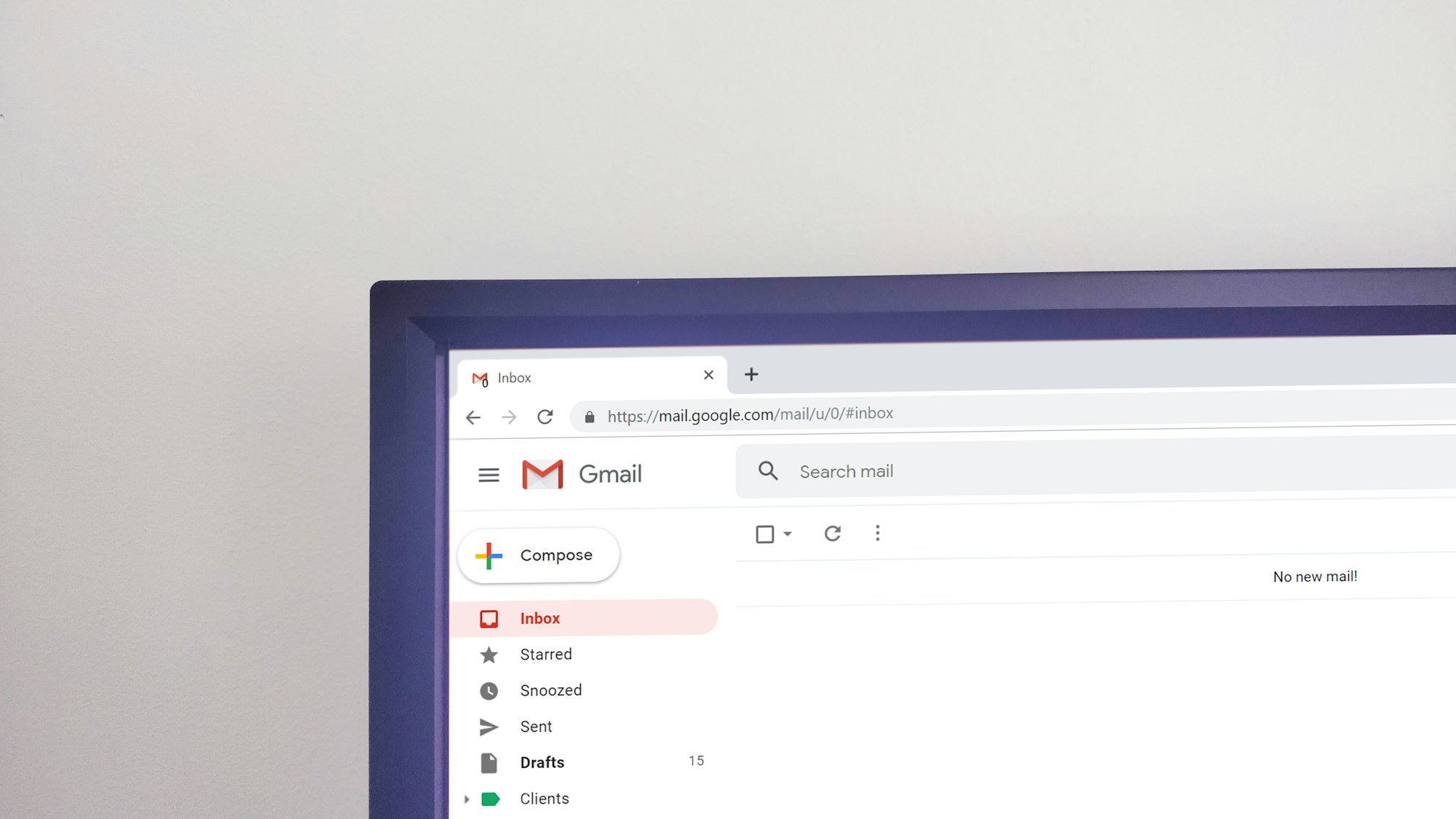How to write a Seed pitch deck to raise from VCs

The Seed stage is typically where most founders in Europe will start fundraising from institutional VCs. The deck that worked for a pre-seed or angel round may not be effective when speaking to VCs.
There are plenty of great examples of guides and deck critiques, but here we'll go through the key slides in general terms.
The order of the slides doesn't matter much. What matters is that the deck tells a cohesive story and is exciting enough to make the recipient want to schedule a meeting.
Structure
In no particular order, the deck should cover the following in 12-15 slides:
- Problem — identify the problem you're solving, why it's a problem and which groups need to solve it.
- Product — How your customers currently solve the problem, how your product achieves this in a better way, how easy is it to switch.
- Market — Size of the market in £/€/$ terms, the assumptions and data you used to get this market size.
- Team — Strengths and achievements of the founding team, key advisors, key hires after this round.
- Go-to-market Strategy — Which customer segment are you approaching first, how will you acquire them?
- Traction — Current and projected sales, retention, key customers. If at the pilot/POC stage, likelihood of these converting to commercial conracts and the indicative contract value.
- Business Model — How do you make money? Will this evolve over time?
- Unit Economics — How much you spend to acquire a customer (CAC), against their value (LTV). How will these change in the next 12-18 months.
- Competition — Who are your main competitors, what differentiates you.
- Ask — How much do you want to raise, what are the goals after 12-18 months.
The Difficult Slides
The following slides are the most important in terms of impact, but frequently are the least polished in a typical pitch deck.
They're also the most important slides for investors.
Team
This is usually the worst slide of most decks and often left as an afterthought. The most common examples are the "wall of logos" and the "100 years of experience in industry X".
The team slide is an opportunity to shape in the investor's mind about how well the founding team can execute their idea. This is especially important at the Seed stage where traction will be limited.
A strong team slide will outline key achievements and strengths that tie in to the story the deck is trying to tell. For example: pick the most impressive bullet point from each founder's CV.
Market
Similarly to the team slide, this slide is often given little thought — most commonly just copying a massive TAM from a Google search.
The best decks break this down, with rationale of how you expect to take X% of the market. Usually, a VC will want to see a SOM that translates to a €B valuation in 5-7 years.
There are a number of ways to approach this, but its important that you're comfortable about the assumptions made and can justify the market size in the deck.
Traction
The biggest form of market validation is that someone is willing to pay for your product or service. At this stage it's unlikely that your startup will have product-market fit, but VCs will want to see that you can sell to customers in a way that's repeatable.
Many startups will mix in their early revenues with their annual projections, often with a scale that makes it impossible to see the bar for the current year.
A strong deck will show monthly revenues, growth and other key metrics that makes it clear how well the startup is executing.
Business Model & Unit Economics
These slides reveal the underbelly of your startup and often where the most obvious red flags occur. An investor wants to see a business model that's:
- Validated — this isn't just a paper exercise, have you proven this business model in the real world?
- Scalable — how will you serve 100x+ more customers than today? What advantages will scale bring?
- Independence — does this business model rely on a third-party or change in regulations? What is the risk attached to this?
The unit economics show whether the money spent to acquire business gets a return. This should be a sense check for a startup that you're creating value instead of destroying it.
Telling the Story
The story that you tell throughout the deck needs to establish your startup's value proposition in the investor's mind and that this addressess a need that's unmet and urgent. The story links this to a large market and a team that can execute their vision.
Bad decks are disjointed, treating each slide as an individual unit instead of a whole. Signposting is powerful when done correctly, preparing the reader's mind for the message you want to convery throughout the deck.
The Problem
The problem your startup is addressing sets the scene for the pitch. Introduce the problem, who has this problem and how big it is.
How are you customers currently solving this problem? Ideally, the status quo is arduous and costs customers time and/or money to solve.
After reading these slides, ideally you have struck a note with the investor and they understand the scale of the problem and the urgency to solve it.
Product
Now you have the big reveal. Your startup's product that is changing the game. This slide should make it clear how you solve the problem in a better way and why it's different from what's gone before.
Usually, the easiest way to explain how a product works is to demonstrate it. Sharing a demo (perhaps with tool like Loom) is a powerful way of showing how great your product offering is.
Go-to-market Strategy
The problem is huge, the product is compelling — so now we need to get the product to customers.
This slide should give an overview of the current channels used to obtain customers and which channels might be added or expanded in the future as you go after new customer segments.
Typically you can tie this in with the unit economics discussion, where you can show evidence that channels are already performing well.
Competition
It's rare that you see a good competition slide, and often this is because many of your competitors have little public information to compare.
Often the best way is to cover your key differentiators, but place a focus on why incumbents aren't fulfilling the need you identified at the beginning of the story and why it's difficult for them to change their course.
Matrices where your startup tick all the boxes or a 2x2 quadrant with your logo in the top right are on every deck—how can your competition slide stand out?
The Rest
Ask
Hopefully you're already planning to have the fundraising amount on this slide, but it's also helpful to share how much has been raised to date.
Additionally, you can also add some criteria for investors on here. For example, investors that have experience expanding from Europe to the US. This is often good bait to encourage the VC to demonstrate how they can add additional value outside of capital.
Back-up Slides
Sometimes there are parts of your startup that are more difficult to understand or you can predict will draw several questions. Back-up slides are an opportunity to add in additional detail that may be too dense for a pitch or initial read of the deck.
Having additional slides to present or share will show you've prepared well for the fundraising process, but also allow you to confidently present the information—instead of trying to explain complex data over a Zoom call.
Design
Although it's always great when an investor receives a pitch deck that's been designed to a high standard, it's not going to make much of a difference if the content and story aren't strong. Hiring an agency to design your slides is probably a wasted investment.
However, there are ways you can make the design effective (instead of just pretty):
- Present data with legible graphics and correctly labelled.
- Provide a concise commentary on each slide that allows the deck to be read without your pitch.
- Use images and graphics sparingly to keep slides visually interesting.
Feedback
Many investors will offer feedback on the deck or on the information you provide during your pitch. Treat this as you would with any customer feedback on your product, using this feedback to improve the deck before you pitch to the next set of investors.
Sharing your deck with your previous investors and asking for feedback will also help you miss any typical gaps. Many will have raised funds previously so should be able to give some useful feedback.
Even if you don't receive any tips from previous or future investors, it's important to spend a few minutes on what went well in the pitch and which parts need to improve. Slides that draw several questions or that you have to explain are often signs that they're confusing or missing key information.
Summary
A pitch deck isn't the only way to introduce your startup to investors, but it's typically the most efficient way and one that most investors are comfortable with. Spending the time to create an effective deck will likely increase conversion rates with investors, whether you're going in cold or with a warm intro.
Nailing the story and ensuring that you have the right detail on the 'difficult' slides will give your startup the best chance of success to get to the first meeting with an investor.




